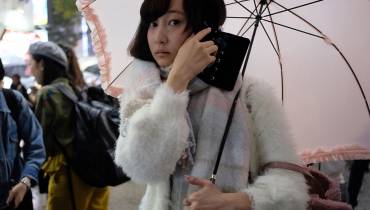How to Identify Fake Influencers and Save Your Brand from Hoaxes
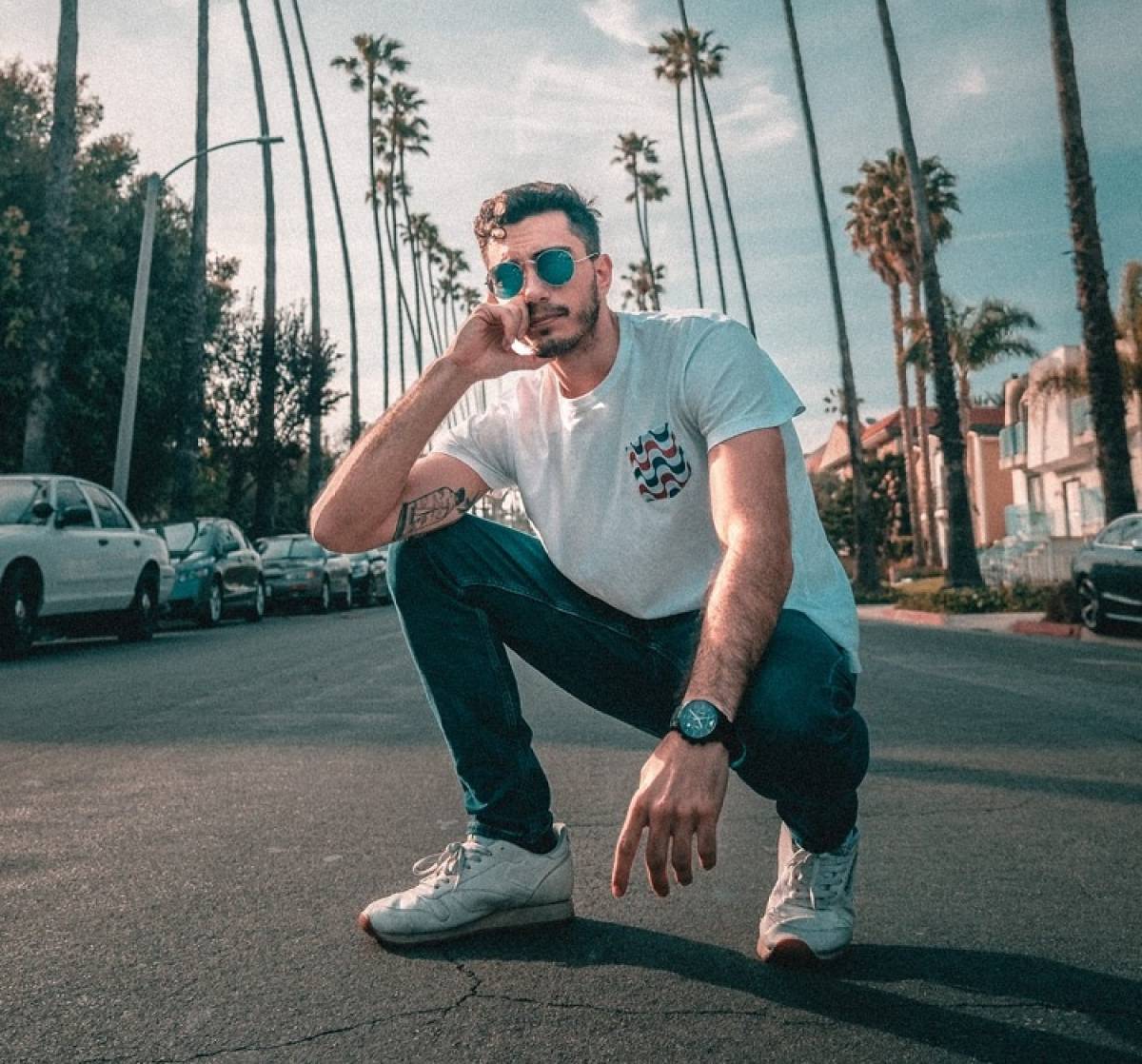
Influencers are everywhere these days, making their near-ubiquitous presence felt on social media. But before you feature them in your next marketing campaign, you need to understand that not all influencers are created equal.
Using technology unethically and black hat tactics that falsify engagement and create fake social media followers, many dishonest persons are now claiming to be an influencers, while in fact they do not possess the clout and actual selling power to give your brand the boost it needs.
If you’re not careful in selecting which influencer to invest in, you could be throwing money into a marketing campaign that produces little to no actual results.
But Why Should You Hire Influencers to Begin With?
According to a recent survey on digital marketing company ClickZ, 22% of customers who are 18 to 34 year-olds made a large purchase after seeing the product promoted by an online influencer.
Another study cited on Adweek shows that more and more people dislike digital ads. 45% of users on social media sites, 36% on retail sites and 34% on news sites say they are annoyed by digital ads and are opting to use ad blocking applications to avoid interruptions by the ads.
It seems conventional ads are losing and could in fact lose their edge in the next few years. Sneaking your products into your intended customers’ awareness through popular influencers is one of the best emerging marketing methods to promote your products and gain sales today.
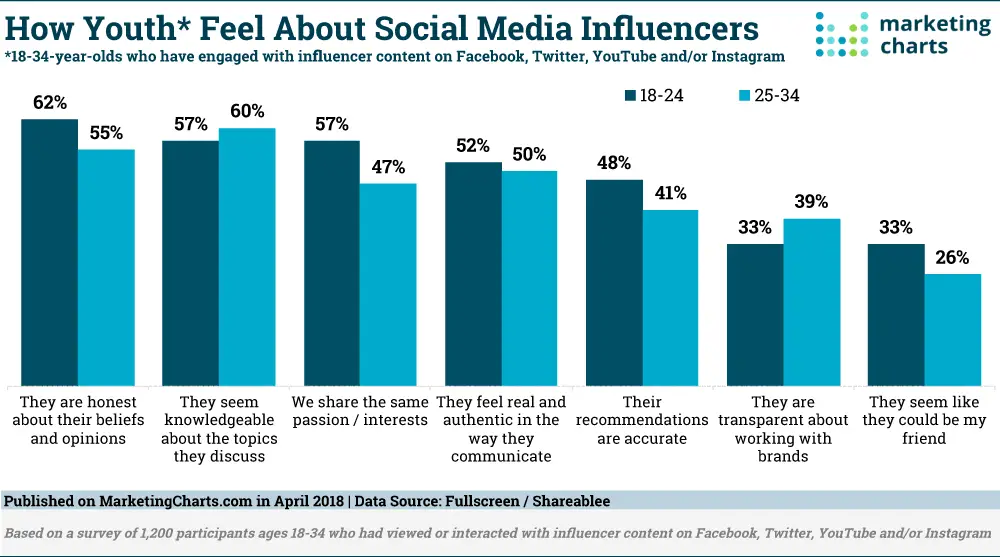
Image Credit: Clickz.com
While hiring influencers can definitely pay huge dividends, some of the “influencers” out there are not what they make themselves out to be.
Take Instagram influencers, for instance. There are tools you can use to automate certain tasks, such as searching for relevant and unique posts, and quickly leaving comments on posts you like. Some people misuse tools like those to bloat their follower count and engagement with fake accounts and spam comments that add no value to the poster.
Working with an “influencer” who deploys such unethical tactics can be very bad for your brand.
Fake Influencers Are Bad for Business.

Influencer fraud can harm your brand in many different ways, including:
- No returns for your investment. You start an influencer marketing campaign hoping to gain new customers and increase your revenue. If an influencer has 10,000 social media followers, for instance, you are guaranteed exposure to at least several thousand possible customers every time said influencer posts about your brand. But what if half of those followers are fake accounts? You can expect greatly reduced returns, if at all.
- Ruined reputation. Influencer hoax is never seen positively, whether among actual influencer circles or your customers. If you associate with a fake influencer, you could be seen as either an enabler of the practice or a gullible brand—or both. In either case, your credibility and reputation could take a serious hit.
- Lost customers. The power of influencers has to do with the connections they make with your customers. Needless to say, frauds are unable to make this connection. In the end, you could end up losing customers even if you unknowingly work with a fake influencer.
- Wasted time and money. No marketing campaign is free—you will inevitably spend money and time which, hopefully, you can recoup in time. Because influencer fraud provides few to no benefit for your brand, you are wasting time and money you could have allotted to other important endeavors.
So, if you are thinking of working with influencers, make sure you proactively identify and avoid the hoax ones.
Strategy for Selecting Real Influencers to Work With
As already mentioned, influencers can bring a lot to the table when it comes to promoting and growing your brand. You can’t really deny the power of real influencers.
However, if you really want positive outcomes from your influencer marketing campaigns, you’ll need to make a careful choice of the influencers you choose to work with.
If after careful thought, you do decide to work with one or more influencers to promote your brand, make sure you know what you’re getting into. Verify which influencers are real and which ones will result in stunted returns and wasted investments.
Aside from screening the influencer’s resume, here are two more things you MUST do:
I. Distinguish the fake from the real
This may be harder than it sounds. After all, influencer hoax is made to look like the real thing.
You’ll need to pay close attention to certain factors to ensure that you’re making a deal that will ultimately benefit your business.
-
Verified account. Instagram, Twitter, and Facebook all have the verified account feature. This confirms that the account is owned by an actual person. It’s very easy to see, too, thanks to its blue check-mark certification badge
 .
. - Follower count. When you’re researching an influencer, pay attention to the number of their followers. If you notice their following increasing too rapidly within a short period, there is a good chance it’s through illegitimate methods.
- Engagement. Do not be fooled by a six- or seven-digit follower count. Look at the engagement on their posts. Instagram has a median engagement rate of 3.5 percent. What this means is that if a person has 100,000 followers, he or she must get about 2,500 likes or comments on a post. Having too few of either could be a sign that the account is bogus.
- Comments. Some influencers buy likes and comments to fake their engagement rates. Watch out for comments that make no sense as these are likely made by bots. Additionally, see if the same people like or comment on different posts. If so, then these interactions are likely paid for by the influencer.
- Content. Finally, look at the actual content the influencer produces. Unlike real people who will post about their food, activities, conversations, milestones, and random experiences, frauds may use ready-made content to fake their updates. Try to do a reverse image search on their posts. If you find them available in another place online, the influencer is likely a hoax.
II. Protect your brand from fraudsters
The best way to protect your brand from fraud is to carefully verify the influencers you plan on working with. Try to get to know your candidates, what their story is, and how they built their followers.
Identify which platforms they use—are they purely on social media or do they have a blog or blog, too?
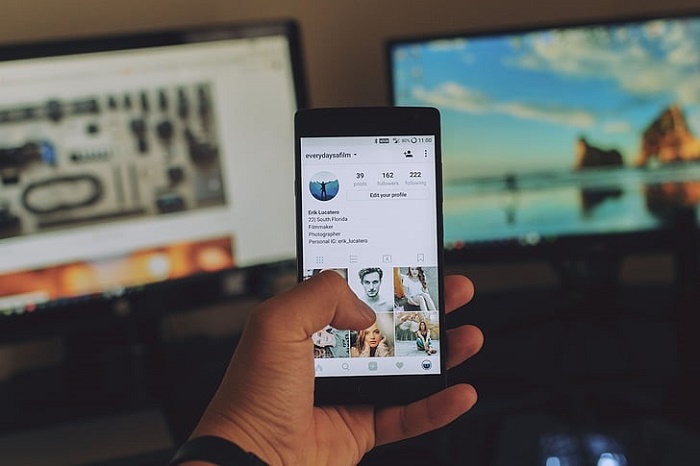
As you may have gathered from the steps outlined above, the verification process cannot be accomplished in a snap. You’ll have to actually commit time and effort to get to know your candidates and observe how they engage and interact with their followers.
Besides telling you whether or not the influencer is authentic, this strategy will also help you determine how to go about your influencer marketing campaign.
Try not to focus on reach alone. Theoretically, an influencer with a lot of followers will have a significant reach, but you know by now that followers can be faked.
If you really want to maximize your returns from your investment, look at how influential people appeal to other people. At the end of the day, you’re not launching the influencer campaign to attract influencers—rather, you’re doing it to attract an audience through the influencer.







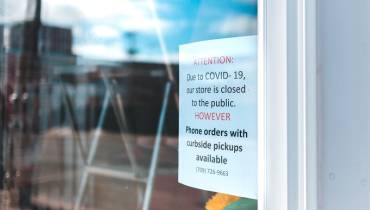






![Over 50% of American Adults Have Not Read a Book in Past Year [Study]](/sites/default/files/styles/video_thumbnail_bottom/public/older-man-reading-book-in-library.jpg?itok=m7DlbWgZ)



